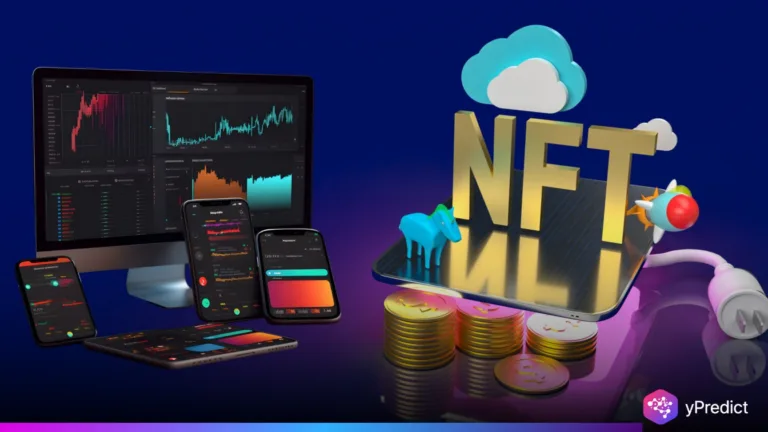
The U.S. crypto landscape is shifting fast as Senator Cynthia Lummis prepares to introduce a landmark proposal: building a national Bitcoin Reserve. Her bill aims to purchase 1 million Bitcoin to strengthen the U.S. dollar and ease national debt pressures. This proposal follows the recent House approval of the Digital Asset Market Clarity Act, which includes the Stablecoin Bill. Together, these efforts mark a strategic turn in U.S. crypto legislation, with a clear focus on risk-managed integration. At the heart of it all is AI—now driving economic simulations, legislative risk modeling, and digital asset forecasting at the highest policy levels.
Bitcoin Reserve Plan Anchored in AI Forecasting
Lummis’ proposed Bitcoin Reserve relies on AI-driven models to shape both its feasibility and risk profile. Analysts working with congressional advisors have developed simulations predicting Bitcoin’s performance under varying macroeconomic conditions. These models explore Bitcoin’s potential to hedge inflation, act as a long-term asset, and function as a digital counterpart to gold.
Initial AI data shows that holding Bitcoin as a sovereign asset may reduce fiat vulnerability during monetary tightening cycles. AI tools have been especially useful in identifying entry windows, volatility exposure, and long-term holding thresholds. The proposed 1 million Bitcoin reserve would be acquired in phases, using predictive analytics to time purchases, minimize drawdowns, and ensure balance sheet neutrality.
Stablecoin Bill Reinforced by AI Risk Models
The recently passed Stablecoin Bill is another product of AI-influenced legislation. The legislation provides a functional regulatory scheme for stablecoins, including AI models estimating systemic risk across financial institutions, transaction volumes, and liquidity cycles. Federal agencies employed machine learning algorithms and models to ascertain how stablecoins acted in reaction to market shocks and de-pegging events from fiat currencies.
These modeling exercises informed much of the major provisions in the Stablecoin Bill, especially concerning the requirements for collateral and obligations regarding custodial transparency. Rather than relying solely on historical market trends, policymakers relied on AI predictions to understand what future adoption may look like and what would be envisioned under supervised and regulated environments.
Bitcoin 2025 Conference Spotlights AI and Regulation
Senator Lummis’s Bitcoin Reserve plan gained additional support at the Bitcoin 2025 Conference in Las Vegas. This event brought together policymakers, institutional investors, and AI developers, all working in the space of blockchain risk analytics. The focus of the conversations revolved around how AI can help governments integrate Bitcoin into their portfolios, not solely using trading algorithms, but by feeding back ongoing evaluation into the legislative planning. AI insights displayed at the conference addressed how national reserves, for example, could be stabilized by allocating Bitcoin in the event of economic strife, when people are liquidating their equity positions.
In the conference, several firms showcased AI dashboards that anticipated the tax, balance sheet, and investment company exposures of lawmakers’ potential friends and critics. There was general agreement from attendees at the conference that no proposals, like the Bitcoin Reserve, could move forward politically without these AI tools, while Senator Lummis herself reflected on how AI helped her validate the design and timing of her proposal.
AI Sets the Tone for Future Crypto Legislation
The role of AI in crypto policymaking is no longer subtle. Lawmakers now actively use AI to write, revise, and validate new crypto legislation. From treasury modeling to bill impact scoring, artificial intelligence has become a central pillar in shaping crypto-related laws. It allows Congress to run scenario testing before rollout, flag system risks early, and even simulate geopolitical effects on Bitcoin and stablecoin flows. Upcoming crypto bills, including those on decentralized finance (DeFi), already feature AI-suggested frameworks.
The integration is strategic, not experimental. AI gives policymakers the confidence to legislate in fast-moving digital markets where traditional analysis lags. It ensures proposals like the Bitcoin Reserve or the Stablecoin Bill have real-world backing and measurable safeguards. From modeling risk to validating economic outcomes, artificial intelligence drives decisions once made on instinct.






